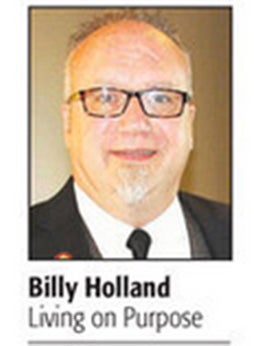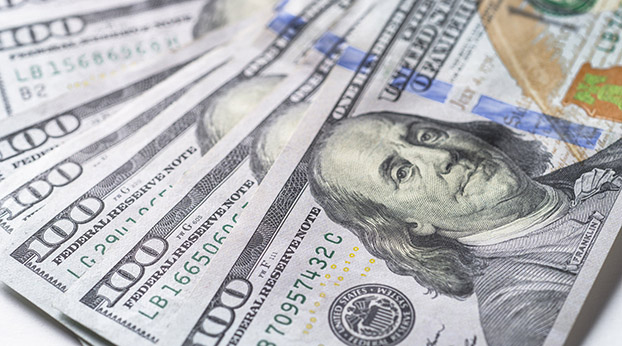What is Kentucky’s Notre Dame?
Published 11:51 am Thursday, April 25, 2019
By STUART W. SANDERS
Guest columnist
When Notre Dame Cathedral burned on April 15, people across the world mourned the damage.
They shared family photographs taken at the cathedral, worried about artifacts housed within the church and expressed concern about the building’s stained glass windows.
While we mourn the fire because of the cathedral’s religious and cultural significance, we also connect to the building because of the power of authentic places.
In addition to their architectural majesty, which shows us the power of human progress over time, sites like Notre Dame are places where history was, and continues to be, made.
Victor Hugo, the author of “The Hunchback of Notre Dame,” understood that even this grand cathedral faced dangers. In the novel’s preface he wrote, “For thus it is that the wonderful churches of the Middle Ages have been dealt with … Mutilation attacks them in every direction, from within as well as from without.”
When considering the Notre Dame fire, we should ask ourselves how this loss translates to places in Kentucky. What is the state of historic buildings in our own Paris, our own Versailles?
Too many of our beloved landmarks fall victim to the wrecking ball or crumble from neglect.
Spaces sacred to us are also under a constant threat. Several months ago, for example, the Louisville Metro Police Department arrested two men for stealing 17 brass urns and grave markers from cemeteries to sell for scrap metal. In Cumberland Memorial Gardens, a cemetery in Laurel County, thieves took 24 brass urns.
Moreover, the Louisville Courier-Journal just reported that thieves are stripping down historic barns in order to supply a “farmhouse chic trend.”
Sadly, our state has lost more than cemetery urns and barn wood. From pillaged Native American archaeological sites, the destruction of 19th century commercial districts, forgotten pioneer settlements and neglected coal camps, Kentucky’s cultural fabric all too often disappears.
Lost history, from damaged tombstones to bulldozed buildings, provides a stark bellwether for what we hold sacrosanct.
I know, of course, that we cannot save everything. However, as we recognize the architectural, spiritual, cultural and historical significance of Notre Dame, can we redirect our passion for a French cathedral to help historic sites in our own communities?
First, we need to celebrate our state’s many preservation successes, from the protection of the Perryville Battlefield in Boyle County to the resurrection of the Hotel Metropolitan in Paducah. These victories show that many Kentuckians care about the protection of our cultural sites.
We should also recognize that the recent naming of Camp Nelson and the Mill Springs Battlefield as national monuments happened thanks to preservation efforts that began at these places more than two decades ago.
Let’s recognize that national audiences also care about the state’s heritage. Out-of-state visitors swarm our bourbon distilleries, horse farms, museums and main streets. This national interest points to the positive economic impact of historic preservation. Restoring old buildings creates jobs, improves communities and attracts visitors. Historic preservation positively affects our tourism economy, which is the state’s third-largest industry.
Preservation is also environmentally sensible. As architect Carl Elefante once said, “The greenest building is the one that is already built.”
A “note” in the 1832 edition of the “Hunchback of Notre Dame” implores readers to understand that “while we may look for new monuments, let us preserve the ancient ones. If it be possible, let us inspire in the nation love for the national architecture.”
Your community may not have a world-renowned cathedral, but Kentucky is full of important places that give us meaning. Therefore, support the preservation of historic sites that are vital to our communities, our culture and our economy.
Ask yourself: What’s our Notre Dame and how can we save it?
Stuart W. Sanders is the Kentucky Historical Society’s history advocate.




